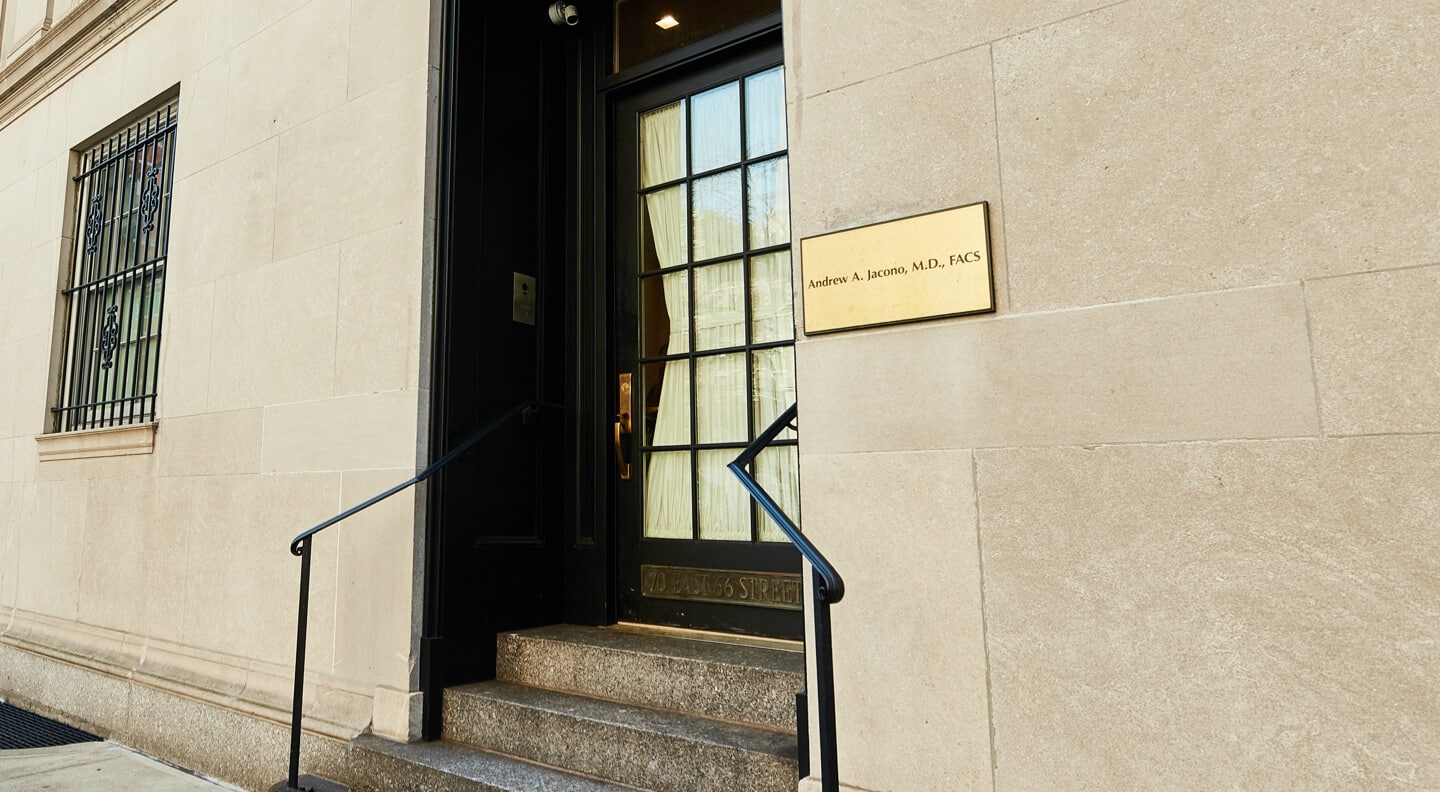Hair FAQs

What can I expect after hair restoration surgery?
After your hair transplant surgery, small scabs will form on the scalp at the grafted site, which will disappear in four to ten days. Shampooing can be resumed 48 hours after surgery. In FUE (follicular unit extraction), you will not have any stitches at the donor site. If you have a thin strip harvested from the back of your head, the stitches are undetectable immediately after the surgery, hidden by your existing hair. A baseball-type cap can be worn at any time after your hair restoration surgery.
Is hair restoration surgery painful?
Most of our patients are surprised by how little pain there is during a hair transplant procedure. The only discomfort is during numbing of the scalp with injections, but the rest is painless. We use advanced local anesthetic techniques to maximize comfort. After this, you just relax, watch movies, nap, or listen to music in our comfortable treatment chairs. Snacks and meals are also provided to our patients.
Is an undetectable hair transplant possible?
Yes. Today’s techniques are far above beyond the old “hair plug” transplants. We use follicular unit transplantation where each hair follicle is transplanted, so it grows out of the scalp in a natural pattern, looking exactly like your other hair. A restored hairline is created with artistry for an exceptionally natural shape – entirely undetectable as being the result of surgery. Our techniques create wavy, randomized hairlines that look natural.
How long is the recovery time after hair restoration surgery?
Depending on the type of work you do, it is possible to go back to work the next day. If you do strenuous physical labor, we advise a five-day recovery time.
What are the leading causes of hair loss?
The most common cause of hair loss for both men and women is heredity. Male pattern hair loss is due to the hormone dihydrotestosterone (DHT). DHT causes a gradual thinning (miniaturization) and eventual loss of the genetically susceptible hair follicles. The mechanism of female pattern baldness is not clearly understood. Some of the other causes can include illness, stress, poor diet, hormonal changes, medications, hair trauma, aging, and vitamin or mineral deficiencies.
How do hair transplants work?
Hair transplants work by harvesting hair follicles from a donor site (typically the back and sides of the scalp where the follicles are not genetically programmed for balding) and transferring these follicles to the balding areas (the recipient site). The hair grows in the same manner as which it did before it was transplanted.
When will I see results?
Immediately post-transplantation, the grafts will form small scabs. In about two to four weeks post-procedure, the grafted hair will shed. New hair growth will begin in three to four months and will grow about half an inch a month, just like your other hair.
Is a hair transplant expensive?
The cost of hair transplantation will depend on the extent of your hair loss and the number of grafts you need to achieve the look you envision. Despite the initial cost of the procedure, hair transplantation can be less expensive than an artificial hairpiece in the long run, and far more comfortable.
Am I a good candidate for hair restoration?
The best candidates for hair transplantation are men with male pattern baldness who have a high hair density, and enough donor hair in the back of the head where the hair is not genetically programmed to fall out.
When can I go back to my normal activities?
You must avoid strenuous physical activity for at least five days after surgery. Depending on the procedure and your occupation, it is possible to return to work the next day. Our hair restoration surgeon will discuss your aftercare protocols with you in your consultation.
How long does the procedure take?
The average hair transplantation procedure takes about four to seven hours, depending on the number of grafts. A session of 500 will take three to four hours, and 2500 graft sessions can take up to eight hours.
Will any further maintenance be required?
The use of medications such as Finasteride (Propecia), Minoxidil (Rogaine), or Low-Level Laser Therapy (LLLT) can help you keep the hair you have to prevent future hair loss.
